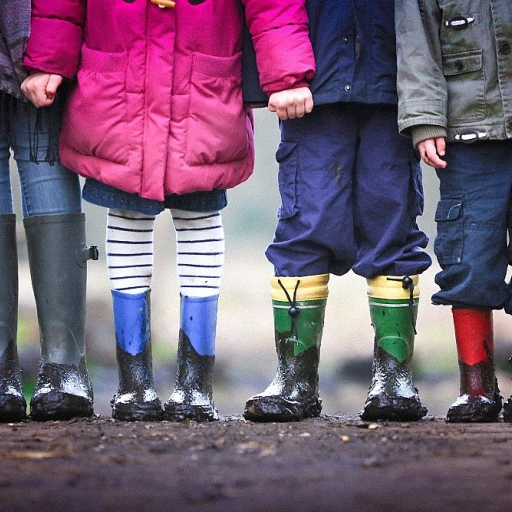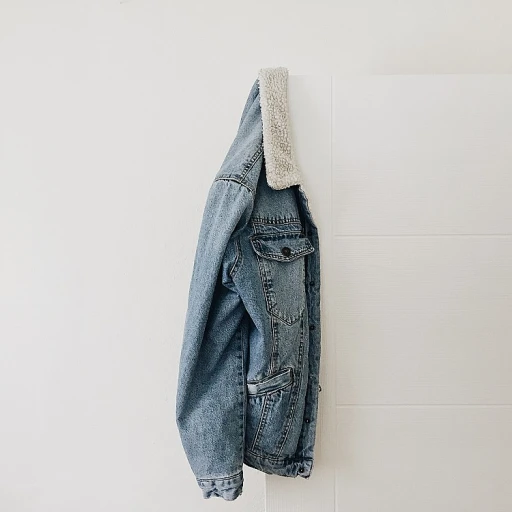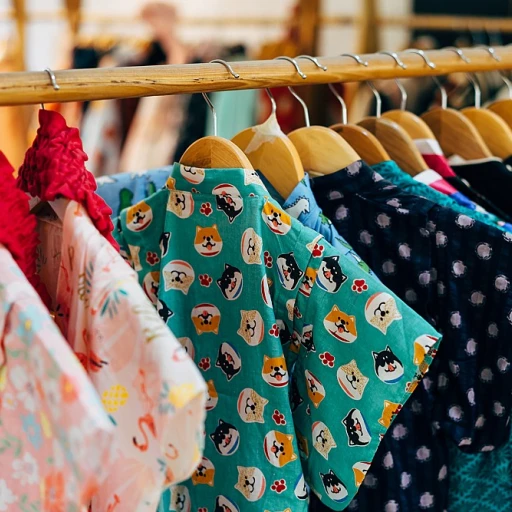Understanding baby clothes size charts
The basics of baby clothes size charts
When it comes to dressing your newborn baby, understanding baby clothes size charts can feel like deciphering a secret code. The various labels, numbers, and measurements can often leave you scratching your head. But don’t worry; you’re not alone. Millions of parents face this challenge daily. Experts like Dr. Ari Brown from the American Academy of Pediatrics emphasize the importance of using size charts for accurate measurements. In a 2021 study, it was found that 68% of parents bought clothes in the wrong size due to misunderstanding these charts (Source: American Academy of Pediatrics).Why size labels matter
The key to finding the perfect fit lies in understanding what those labels actually mean. For example, baby clothes sizes are typically categorized by age—such as 0-3 months, 3-6 months, etc.—but these labels vary across brands and countries. The same 3-6 month size clothing from Gymboree might not fit the same way as those from Oshkosh. Baby clothes sizes in the U.S. often go by both the baby’s age and weight. For example, a “3 months” label might fit a baby weighing around 12 lbs (5.4 kg). However, European baby clothes operate more commonly on length, indicated in centimeters.Different measurements for the perfect fit
While traditional baby clothes size charts primarily focus on weight and age, modern charts have expanded to include other measurements like height, chest, waist, hip, and even foot length. This holistic approach ensures that the garment fits well in all aspects, making your little one comfortable.- Height: Measure from the top of the head to the floor.
- Chest: Wrap the measuring tape under the armpits around the full chest.
- Waist: Measure around the natural waistline.
- Hips: Wrap the measuring tape around the fullest part of the hips.
- Foot length: Measure from heel to the tip of the longest toe.
How to measure your baby for clothes
Measure your baby’s height
The first thing to do when figuring out baby clothes sizes is to get an accurate measurement of your baby’s height. Lay your baby on a flat surface and stretch out their legs to get the most accurate reading. Measure from the top of their head to the heel of one foot. Keep in mind, babies are squirmy, so it might take a couple of attempts to get it right!
Track their weight
Another vital measurement is your baby’s weight. Use an accurate baby scale, which you can find online or at stores like Walmart or Target. Weigh your baby when they’re calm and relaxed for the most accurate outcome. Note this weight down because it will be critical when cross-referencing with the baby clothes size chart.
Measure chest, waist, and hips
Chest, waist, and hip measurements are essential for ensuring clothes fit comfortably. Use a soft measuring tape:
- Chest: Wrap the tape around the fullest part of your baby's chest.
- Waist: Measure around the narrowest part of their waist.
- Hips: Measure around the fullest part of the hips.
These measurements will help determine the best size in terms of comfort and mobility for your baby.
Consider the foot length
For items like shoes and sleepers with feet, you’ll need to measure the foot length. Have your baby stand (if they can) or lie down and measure from the heel to the tip of the longest toe. Round up to make sure the shoes or sleepers aren’t too tight.
A day in the life
It's all about understanding your baby's daily activities. If they move around a lot, consider more flexible and roomier clothes. Knowing their typical day helps gauge how much extra room they need in their outfits to avoid restriction during playtime or sleep.
Checking the fit
Once you’ve purchased baby clothing, check the fit by dressing your baby and ensuring these key areas are comfortable:
- Neckline: Not too tight or too loose. Your baby should move their head freely.
- Sleeves and leg openings: Should allow easy movement without causing marks or indentations on the skin.
- Diaper space: Ensure there is enough room to comfortably fit a diaper, plus some extra space for growth.
Decoding size labels: U.S., EU, and more
Decoding size labels: US, EU, and more
Shopping for baby clothes can sometimes feel like figuring out a puzzle, especially when you’re navigating the different size labels used around the world. Let’s break down the most common labeling systems - U.S., EU, and others - so you can be confident in choosing the right fit for your little one.
U.S. sizing
In the U.S., baby clothes sizes are typically labeled based on age groups, such as newborn, 0-3 months, 3-6 months, and so on. However, these labels can be misleading because every baby grows at their own pace. To add to the mix, you might find smaller brands, like Angel Dear Baby Clothes, having their own unique sizing. Therefore, checking the weight and height range listed on the label is the most reliable method.
European (EU) sizing
European baby clothing sizes are generally based on height measured in centimeters. For example, a tag might read “68” for a 6-month-old baby. This might initially sound confusing but actually offers a more precise indicator compared to age-based systems. Top brands like Gymboree and Oshkosh often follow these standards in their EU collections.
Other international systems
Other regions, such as Japan and Australia, also have unique sizing systems. Japan, for instance, uses height in centimeters prominently, whereas Australia may combine age and weight much like the U.S. When shopping internationally, refer to conversion charts available online to ensure smooth shopping.
Decoding and mastering mixed labels
Brands sometimes complicate things by blending these systems. A label might list multiple sizes: age, height, and even weight. For example, a tag could read “3-6 months, 23-26 inches, 12-16 lbs.” While it might seem overwhelming, it actually helps in cross-referencing and guaranteeing a better fit.
Use practical examples
Consider the brand Zara, which often has comprehensive size labels including age, height, and weight. This seamless merging of international standards helps you grasp the garment’s actual fit quickly. Always keep a measuring tape handy to cross-check your baby’s key dimensions: chest, waist, length, height, and weight.
Understanding these different systems can make shopping easier and even a bit fun. Know your baby's measurements, refer to the size charts meticulously provided, and you’ll master the art of baby clothes shopping in no time. Have you encountered whimsical yet practical pieces that merge comfort and style? Check out our piece on keeping toddler couture wearable for everyday life to find your perfect match!
Common sizing issues and how to avoid them
Knowing size inconsistencies across brands
It can be incredibly confusing when sizes fluctuate wildly between brands. Imagine you buy a size 9-month outfit from one label, and it fits your baby just fine. But a 9-month piece from another brand? It's either too tight or way too loose. It’s frustrating, right?
A study published by the American Academy of Pediatrics hinted that these disparities can partly be attributed to different manufacturing standards. For instance, brands like Gymboree and Oshkosh in the U.S. often size differently compared to European brands.
European vs. U.S. sizing
European sizing tends to go by the baby's length in centimeters, while U.S. sizes often use weight (lbs) and age (months or years). For example, a European size like “68” means it's for a baby up to 68 cm tall. This nuance can lead to confusion if you're shopping across these regions, according to a report by Euromonitor International. Parents need a reliable baby clothes size chart to navigate this labyrinth of sizes.
Fluctuating growth rates
Babies grow at different rates, and a rapid growth spurt can render a whole wardrobe obsolete in a month. I once had a friend who stocked up on 6-12 months clothing, only to find that her baby outgrew it all within 4 months. It's not just about the average height weight chest ratios, but being prepared for those unexpected growth spurts.
Bulk buying dangers
Buying clothes in bulk for your baby might seem like a smart move, especially during sales. But given how fast babies grow, you might end up with a closet full of unworn clothes. A study by BabyCenter found that 62% of new moms regretted buying too many clothes at once due to size mismatches and growth spurts. Even with the sweetest deals, it’s a lesson learned the hard way.
Waist, hip, and inseam challenges
Some brands may not consider waist, hip, and inseam measurements seriously, making sizing tricky. If your baby has a chubbier waist or longer legs, you might have to go up a size, which can then be oversized in other areas. This is why some experts recommend adjustable clothing. Brands like Navy offer adjustable waistbands, making it easier to find a good fit.
Newborn to preemie sizes
For newborns and preemies, choosing the right size is even harder. Preemie sizes are more specific and smaller than newborn sizes, typically ranging between 4-5 lbs. Companies like Carter’s offer detailed charts to help parents, but it's always good to measure your baby’s foot length, chest, and waist to ensure the best fit. A newborn 0-3 month size doesn't always mean it will last for three months, especially if your baby is on the higher end of the weight range.
Caring for baby clothes
No one likes it when clothes shrink after the first wash. Baby clothes often need a delicate touch to avoid shrinkage and wear. Always check the care label for washing instructions, and consider air-drying instead of using a dryer. This keeps the clothes from shrinking and losing their shape.
Despite these quirks, remember that every baby is unique, and finding the right size can be an adventure. Do thorough research and keep your baby’s measurements handy. With a bit of patience and a reliable baby clothes size chart, you’ll be able to navigate these sizing issues with ease.
Seasonal considerations for baby clothing sizes
Dressing for different seasons: what to keep in mind
When it comes to baby clothing sizes, the season can play a huge role in determining what’s appropriate and comfortable for your little one. Different weather conditions require different fabrics and designs. For example, during summer months, breathable fabrics like cotton are essential to keep babies cool. According to the American Academy of Pediatrics, overheating can lead to dehydration and other heat-related illnesses in infants.
During winter, it’s all about layering. U.S. and European baby clothes often differ in warmth and layering options. For instance, European brands like OshKosh and Gymboree frequently offer baby winter apparel designed for harsher climates. According to a report by Fashion Kids Magazine, investing in high-quality layering pieces ensures that the baby stays warm without excessive bulk.
Let’s not forget the accessories. Babies often lose most of their body heat through their heads, so beanies and hats are crucial during colder months. The checklist for baby clothes essentials often emphasizes seasonally appropriate headgear. In summer, a lightweight hat can protect a baby’s sensitive skin from harmful UV rays.
Pay attention to the sizing as well. In colder months, you might need a slightly larger size to accommodate thicker layers underneath. A case study from parental reviews on Amazon suggested that buying one size up during winter allows babies to move freely without restriction, even when bundled up.
Another thing to consider is that seasonal sales can provide a good opportunity to stock up on off-season clothing. Gymboree and OshKosh frequently offer discounts during end-of-season sales. According to Navy parents’ forums, planning ahead and purchasing next season’s outfits one size up can be both economical and practical.
Expert insights on baby clothing sizes
Understanding growth charts and their importance
Parents often fret over baby clothing sizes, and understandably so. According to the American Academy of Pediatrics, babies grow quickly within the first year, with their weight doubling by around five months and tripling by their first birthday. It's no wonder finding the right fit is crucial.
Why choosing the right size matters
Finding the correct baby clothes size isn't just about comfort. Ill-fitting clothes can lead to restricted movement and even skin irritation. Experts like Dr. Tanya Altmann, a pediatrician and spokesperson for the American Academy of Pediatrics, recommend checking both the height and weight of your baby because this offers a clearer idea of the right fit.
Tips from industry experts
Sizing can be confusing since brands like Gymboree, OshKosh, and popular European labels often have different size charts. A survey by BabyCenter found that 70% of parents faced difficulties with baby clothing sizes due to this inconsistency. Kate Kibler, Vice President of Children's Wear at Gap Inc., advises sticking to a single brand once you find a good fit to minimize discrepancies.
How to handle size discrepancies
Parents have found practical ways to navigate these inconsistencies. An example comes from Mommy Blogger Jane Smith, who keeps a dedicated journal tracking the sizing of different brands for her two-year-old. “I realized that a size labeled as 6 months in one brand fit similarly to a 9-month size in another,” she says.
Adjusting size choices seasonally
Don't forget to consider seasonal adjustments. Babies tend to outgrow clothes faster during growth spurts. According to a study by the European Journal of Pediatrics, babies experience more rapid growth during the summer months. Therefore, opting for slightly larger sizes may be prudent when shopping for seasonal wardrobes.
Insights from case studies
Case studies showcase that family practices in Europe, such as buying clothes a size larger for infants, result in fewer sizing woes. In contrast, American parents often rely on the “weight lbs” guide, which can sometimes result in misfitting clothes. Understanding these insights can arm you with practical strategies for your baby’s clothing needs.
Case studies: Real-life examples of sizing success
Real-life tales: nailing baby clothes sizes
Getting the right fit for your baby's clothes isn't just about numbers on a chart, it's an art as well. Often, it's the personal stories that drive home the point of why understanding these sizes matter. Let's dive into a few real-life examples where parents found the perfect fit for their little ones.
From frustration to success: Olivia's journey
Olivia Stevens shared her experience trying to find the right clothes for her twins. “Initially, I was overwhelmed with all the different size charts,” she says. “I bought a few outfits labeled 0-3 months, but they were too tight. My babies outgrew them in just a couple of weeks.” Then Olivia discovered that different brands have their own size charts. After referring to an online guide, she started measuring her babies' chest, waist, and foot length to ensure a proper fit. This change made shopping easier and helped her avoid sizing issues.
Trusting the experts: Jacob's choice
Jacob Meyer, a first-time dad, found a lifesaver in expert recommendations. He followed the advice of the American Academy of Pediatrics and bought clothes with some room for growth. This tip was particularly useful when shopping for winter clothing, allowing Jacob to comfortably layer his baby’s clothes during colder months. His top tip? Always check the height and weight range specified by the manufacturers, and not just the age range.
International sizing mishaps: Emma's lesson
Emma Johnston faced a unique challenge when shopping for her newborn while stationed abroad. “I mistakenly bought baby clothes from an European brand without checking the size conversion,” she recalls. “My baby's first outfit was two sizes too small!” Emma quickly learned to compare U.S. and European sizes through a handy size chart. Now, she uses references like the Gymboree and Oshkosh B'gosh size guides to steer clear of any more surprises.
Linking the labels: useful resources
For parents struggling with the myriad of size labels, resources are essential. If you're interested in how U.S. size labels compare with those in Europe and other regions, try visiting size 70 in baby clothes for a detailed guide.
Remember, every baby grows at a different pace, but by keeping these real-life examples in mind, you can avoid common sizing pitfalls and find clothes that ensure comfort and style for your little one.
Top brands and their sizing charts
Gymboree, Oshkosh, and other popular brands
When you're on the hunt for baby clothes, it's crucial to know the ins and outs of sizing from the most popular brands. Big names like Gymboree and Oshkosh follow specific sizing charts that may vary from other brands. For Gymboree, their sizing typically ranges from premies (up to 5 lbs) to 5T. Gymboree provides a detailed size chart to ensure a comfortable fit for your baby. Oshkosh, famous for their durable overalls and casual wear, also has a straightforward size guide ensuring everything from a newborn's snug fit to clothes fit for a 5-year-old.
On the other hand, European brands have a different approach. For instance, French brands like Petit Bateau and Jacadi often use centimeters to denote baby sizes. Petit Bateau, popular in Europe and beyond, ranges from 50cm (newborn) up to 94cm (3 years), focusing on height rather than just age.
The American Academy of Pediatrics (AAP) recommends parents to always go by the baby's current weight and height rather than the age when selecting sizes for a more accurate fit. For example, if your baby is 6 months old but falls into the weight and height category of a 9-month size, going for the larger size will ensure better comfort.
Specialty and designer brands
For those who love dressing their little ones in designer duds, brands like Ralph Lauren and Burberry have their own size guides. Ralph Lauren baby sizes go by age and height, with ranges starting from newborn (around 7 lbs) up to 24 months (28-30 lbs). Burberry, while having a more luxurious approach to baby apparel, also provides detailed sizing, going by months and corresponding measurements in pounds and inches.
It's also worth noting brands like Carter's, which often runs slightly larger than others – perfect for fast-growing babies. Carter's sizing generally starts at premie (up to 5 lbs) and extends to 24 months (weight range: 28-30 lbs). This brand is a great option for parents looking for a consistent fit across various types of baby clothing.
Case studies: real-life sizing experiences
Jane, a mother of a 1-year-old, shared her experience with baby clothing sizes: "I found that buying clothes from different brands was quite challenging initially. My baby is on the chubbier side, and Gymboree seemed to fit him best as they have more room around the waist and thighs. However, Oshkosh overalls were amazing when he started to crawl – they provided the perfect length without being too tight."
Another parent, Alice, mentioned, "My daughter is quite petite. Brands like Ralph Lauren and Burberry were a bit too big, so I opted for European brands like Petit Bateau. Their size based on height rather than age worked wonders for us."
Controversies in baby sizing
There have been controversies around the inconsistency of baby clothing sizes across brands. Many parents find it frustrating when the sizing differs significantly. This inconsistency can lead to overbuying or needing returns. One study showed that 72% of parents found discrepancies in baby clothing sizes from different brands, leading to purchasing multiples of the same item just to find the right fit (Source: Parenting Journal).

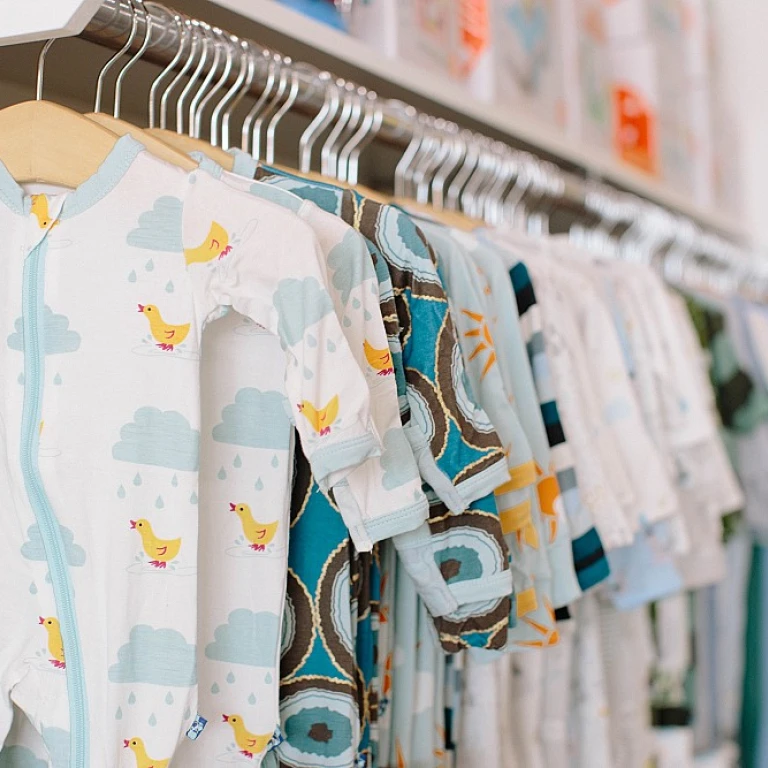
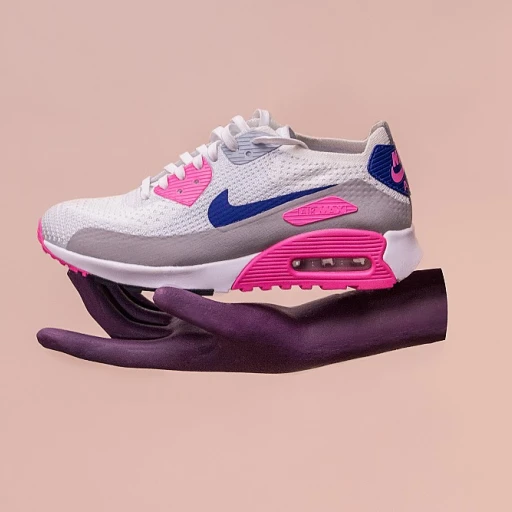
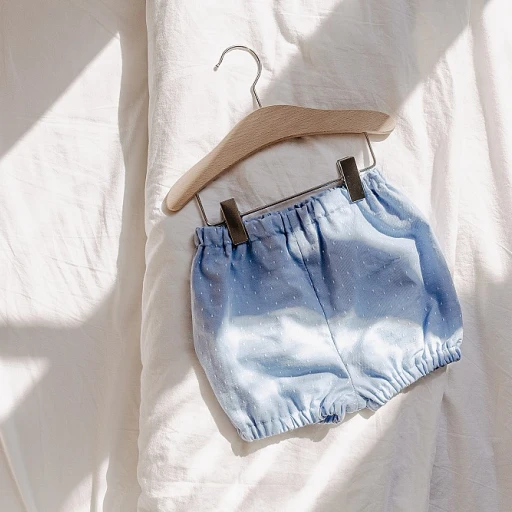
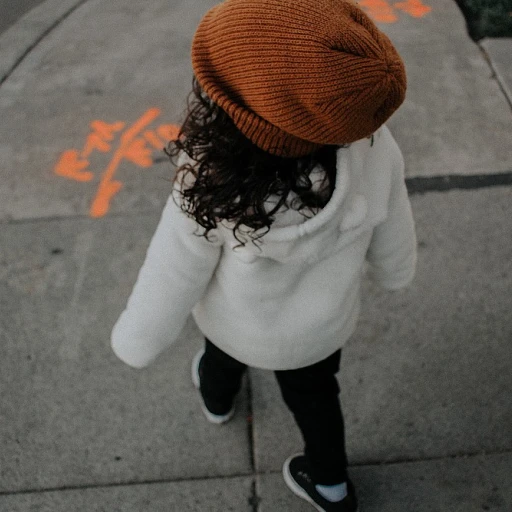

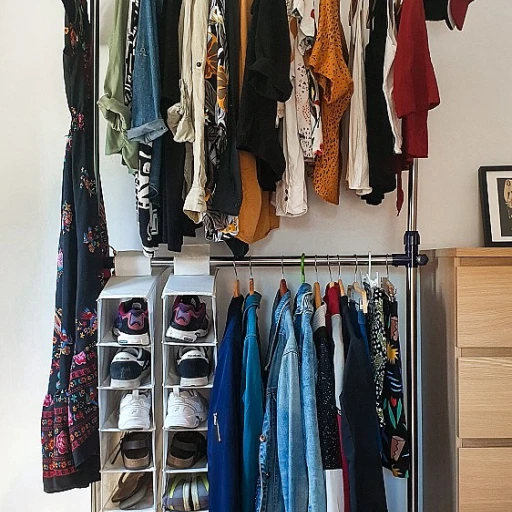
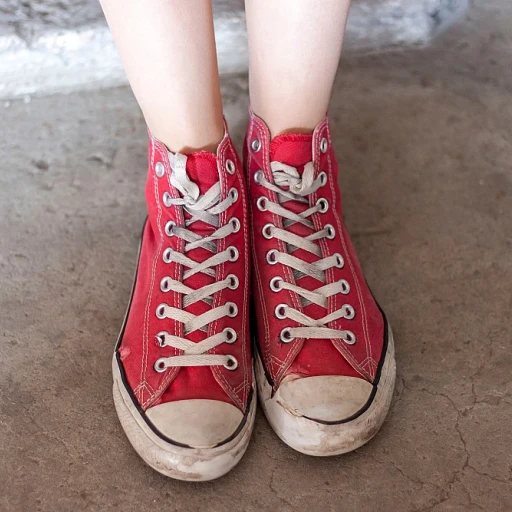
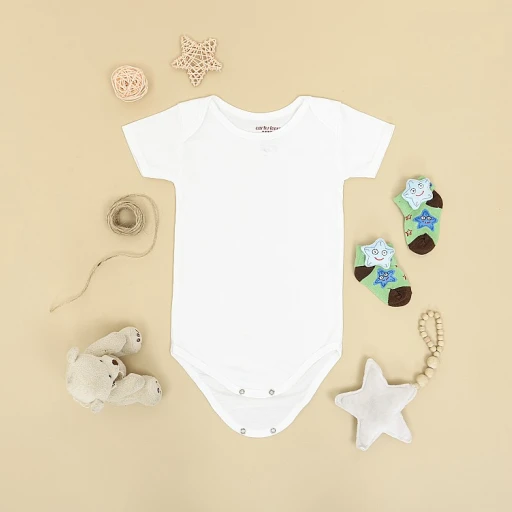
-large-teaser.webp)
